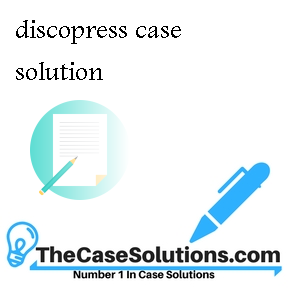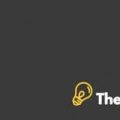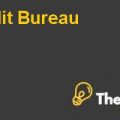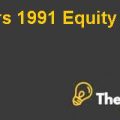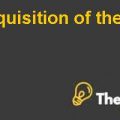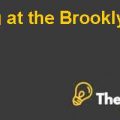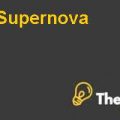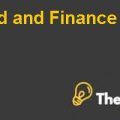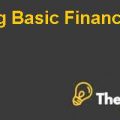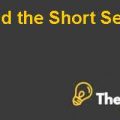Introduction
Pace is working on an assignment regarding its company, Discopress, whether it should accept the order from Farnsworht Filmed Entertainment or not. The customer could place two types of orders, the first type requires the delivery of 12 CDs in every order using the manufacturing on demand media and this would cost Discopress $2.5 per unit which it would sell at a margin of 55% above cost to FFE.
The other order will be according to the mass produced tiles, this would require the customer to place an order of a minimum of 500 units. The internal cost of Discopress will be $0.75 per unit which it would sell at a margin of 55% above cost to FFE plus fixed cost of $600. In both cases, the customer will be holding the inventory in their warehouse and incurring a holding cost of 18% of the cost of inventory, the earlier method is likely to have a lower holding cost than the prior order method.
Problem statement
Discopress would need to incur a capital expenditure of $10,000 and therefore, it is concerned that the order from FFE will be feasible or not.
Analysis
Costs as per Manufacture on demand media
This is relatively simple as the costs per unit and sales price per units are given; the cost for Discopress is the product of sales units, number of titles, number of years which is equal to the total sales. This is multiplied by the cost per unit of $2.5.
The sales revenue is calculated similarly except total sales are multiplied by the sales price of $3.87. The profit for Discopress is the difference between the costs and revenues. The cost of holding for the customer is lower as the quantities ordered are only 12 per order. An average holding cost is calculated by multiplying the cost per order to FFE by the holding cost of inventory. The annual cost of holding the inventories is same for all titles as the costs are similar; therefore, the total cost to FFE will be the purchase price plus the holding costs.
As the revenues are earned over several years by discounting the future cash flow it is essential to learn what the company has earned. The cash flows are discounted using an assumed rate of 15% under which Discopress would earn $21,420 in present value and after deducting the initial investment in the capital of $10,000 it would increase its wealth by $11,420.
Costs as per Mass produced tiles
In the other method of order, mass produced tiles are required by the customers to order more than 500 units at a time. The internal costs to Discopress are fixed cost of $500 per order plus a $0.75 per units, which is sold at $1.16 per unit plus a fixed cost of $600. Assuming that FFE would order 500 units, the total number of orders is calculated by dividing the total sales by 500.
The variable cost is calculated according to the rates and the fixed costs are calculated as the product of number of orders and the fixed cost per order. The profits for Discopress are the difference between the costs and the revenues. The holding cost for FFE is calculated by multiplying the cost of order by the holding rate which is proportioned over the holding period. Therefore, the total cost to FFE is the purchasing price plus the holding costs.
As the revenues are earned over several years by discounting the future cash flow it is essential to learn what the company has earned. The cash flows are discounted using an assumed rate of 15%, under which Discopress would earn $9,814 in present value and after deducting the initial investment in the capital of $10,000 it would decrease its wealth by $186.
Costs as per Mass produced tile if ordered according to EOQ
The economic order quantity is a model that estimates what quantity should be ordered which would equal the cost of holding and cost of ordering so that the overall costs are reduced.
In this case, the customer will order according to the EOQ at a time. The internal costs to Discopress will be the same as above, which is a fixed cost of $500 per order plus a $0.75 per units, which is sold at $1.16 per unit plus a fixed cost of $600. Assuming that FFE is ordering according to the order calculated by EOQ, the total number of orders is calculated by dividing the total sales by EOQ.
The variable cost is calculated according to the rates and the fixed costs are calculated as the product of number of order and the fixed cost per order. The profits for Discopress are the difference between the costs and the revenues. The holding cost for FFE is calculated by multiplying the cost of order by the holding rate which is proportioned over the holding period; therefore, the total cost to FFE is the purchasing price plus the holding costs. For the calculation of ordering cost, the number of orders are rounded up, because if the EOQ states that there should be 1.5 orders then FFE will have to order twice as it cannot order 1.5 times.
As the revenues are earned over several years by discounting the future cash flow, it is essential to learn what the company has earned. The cash flows are discounted using an assumed rate of 15%, under which Discopress would earn $7,586 in present value and after deducting the initial investment in the capital of $10,000 it would decrease its wealth by $414.
This is just a sample partial case solution. Please place the order on the website to order your own originally done case solution.

